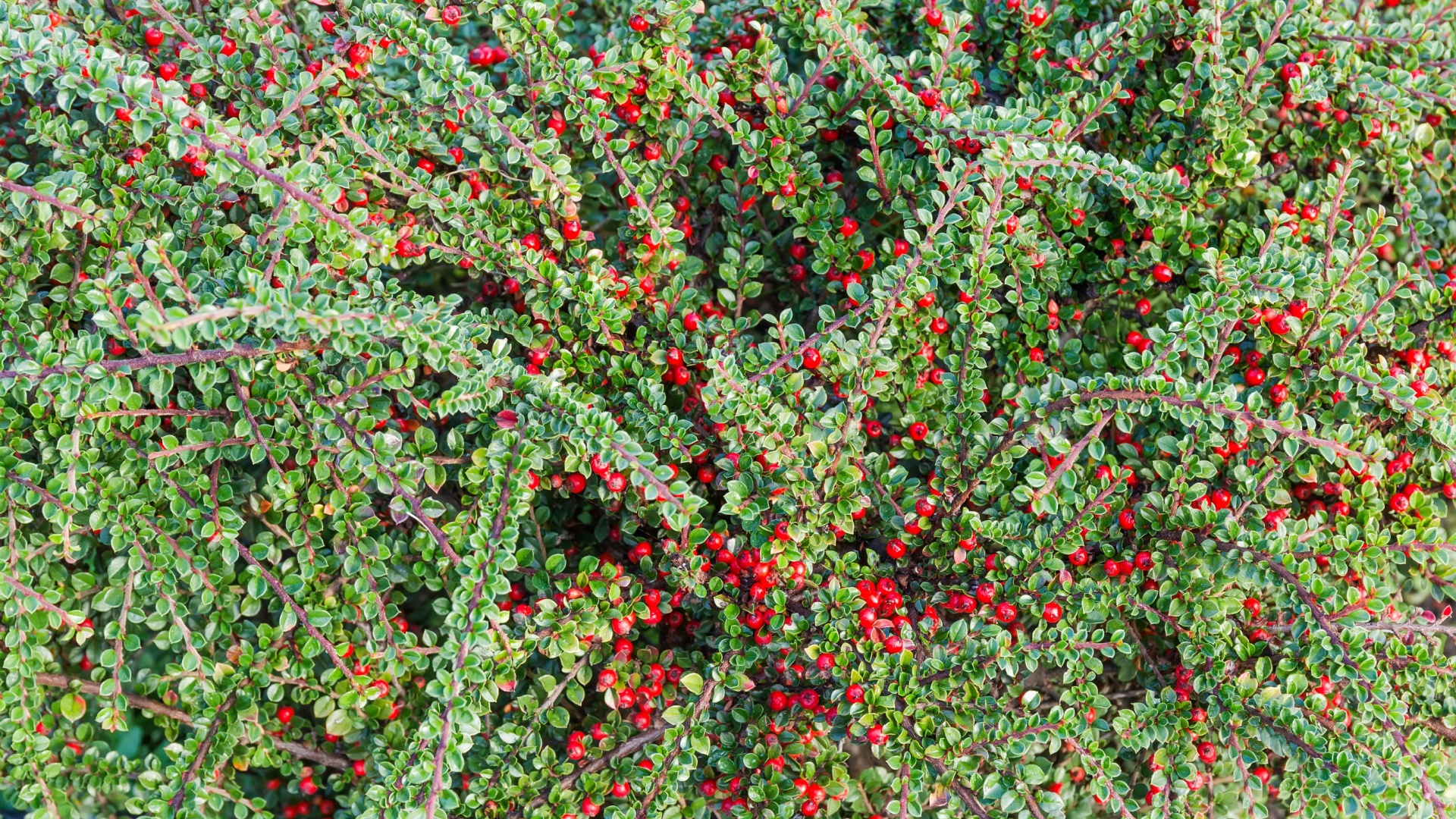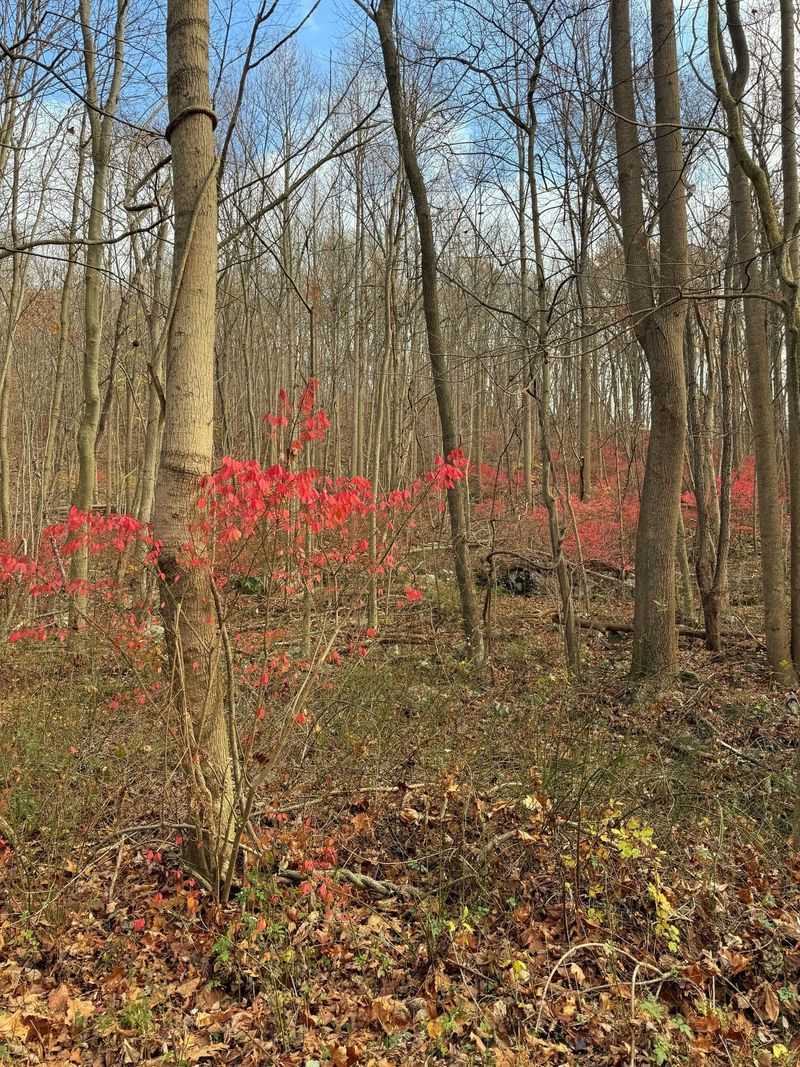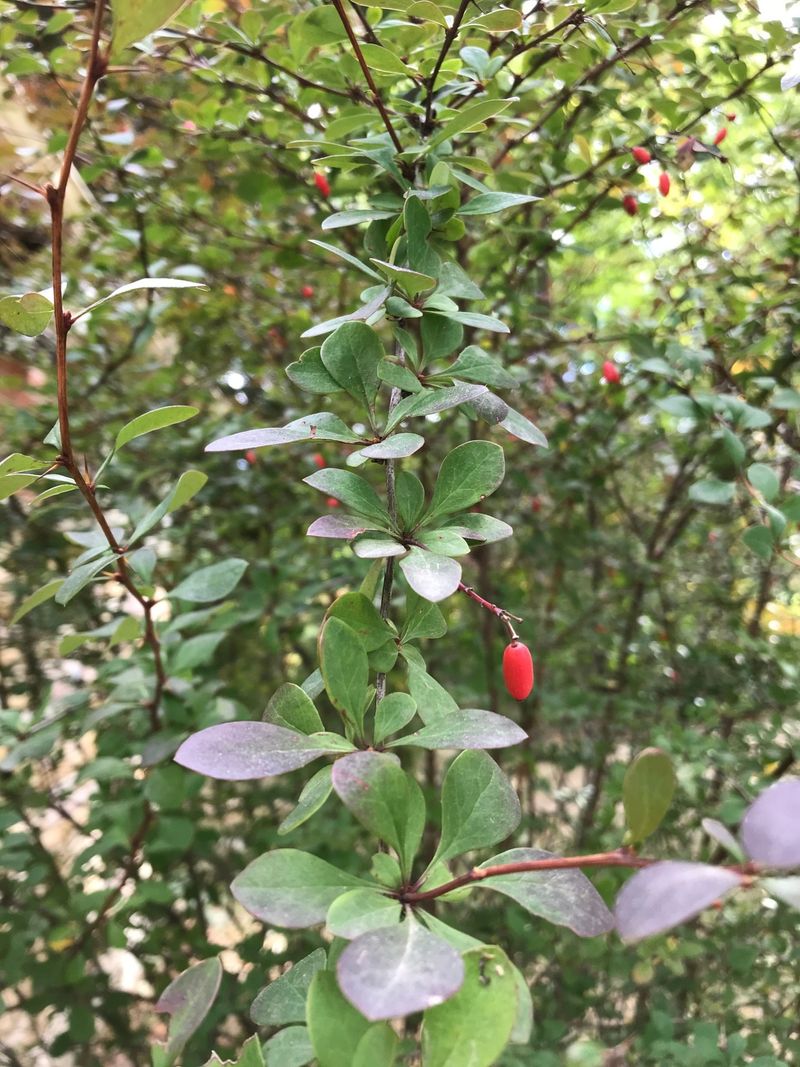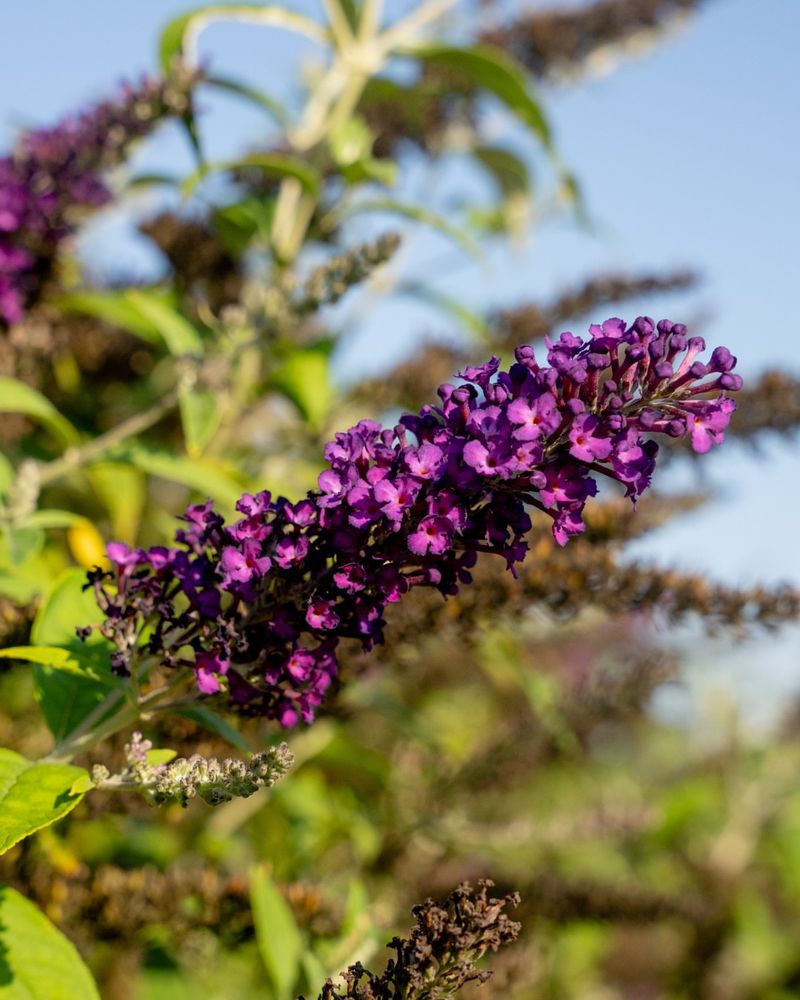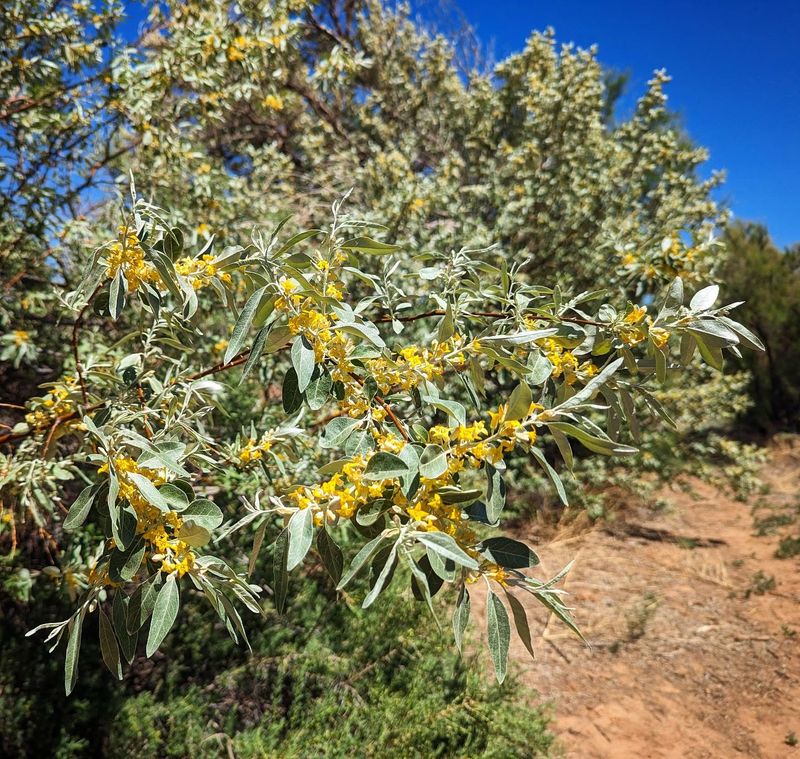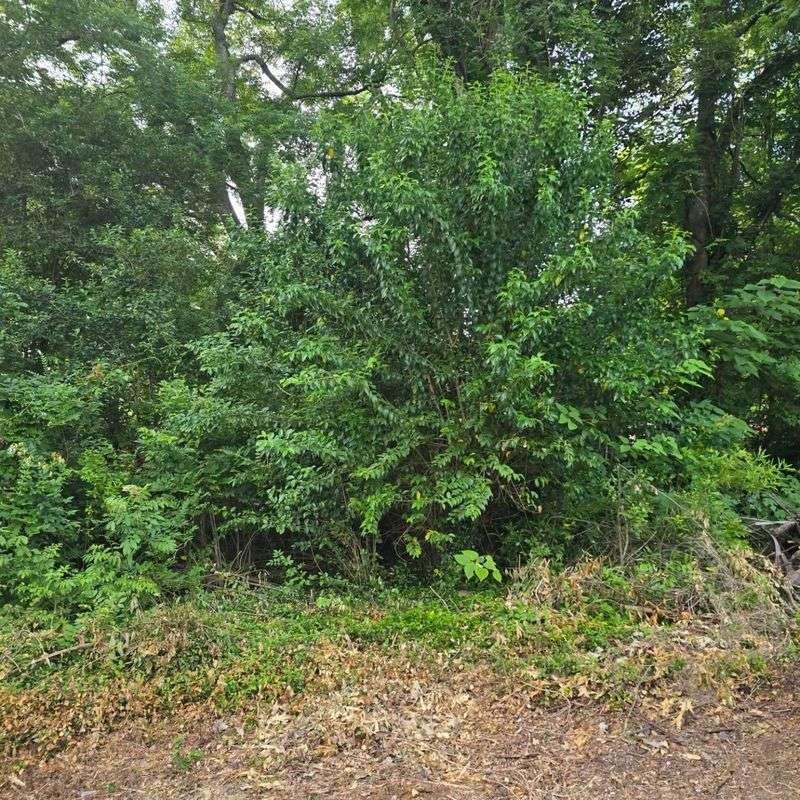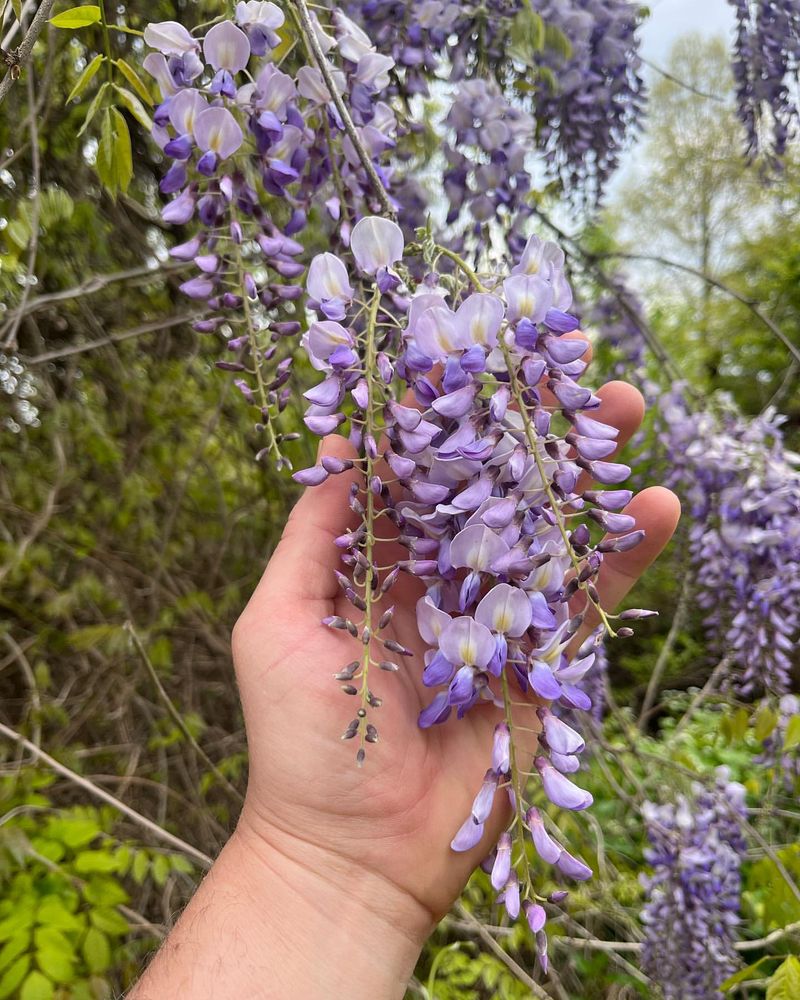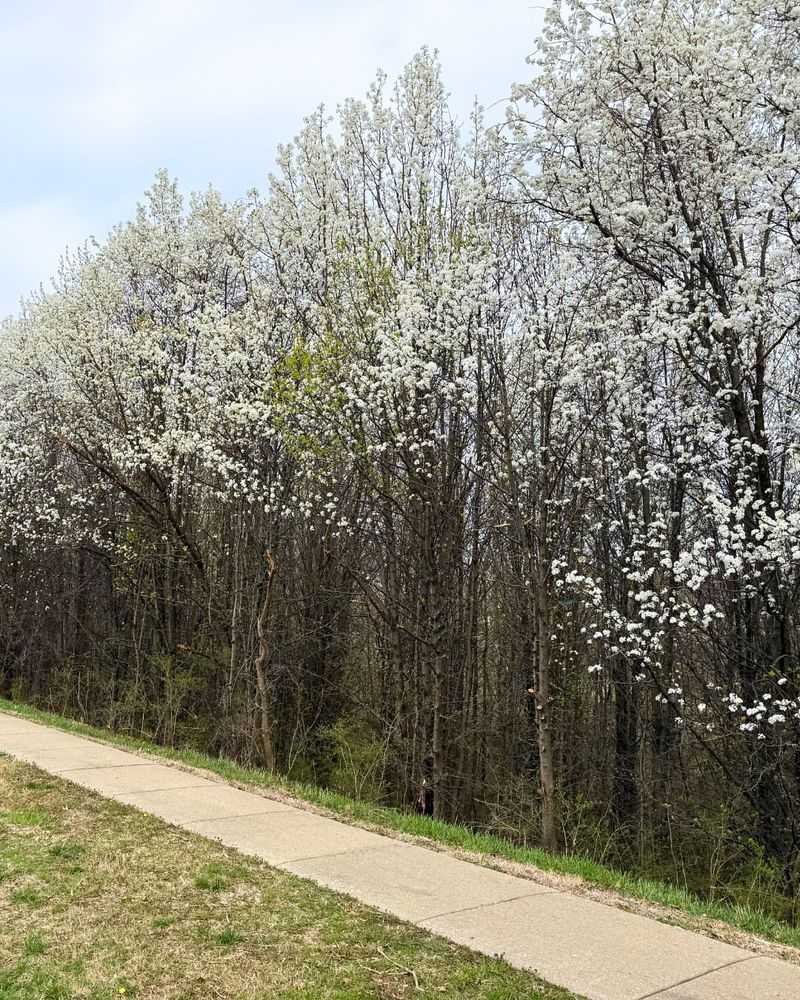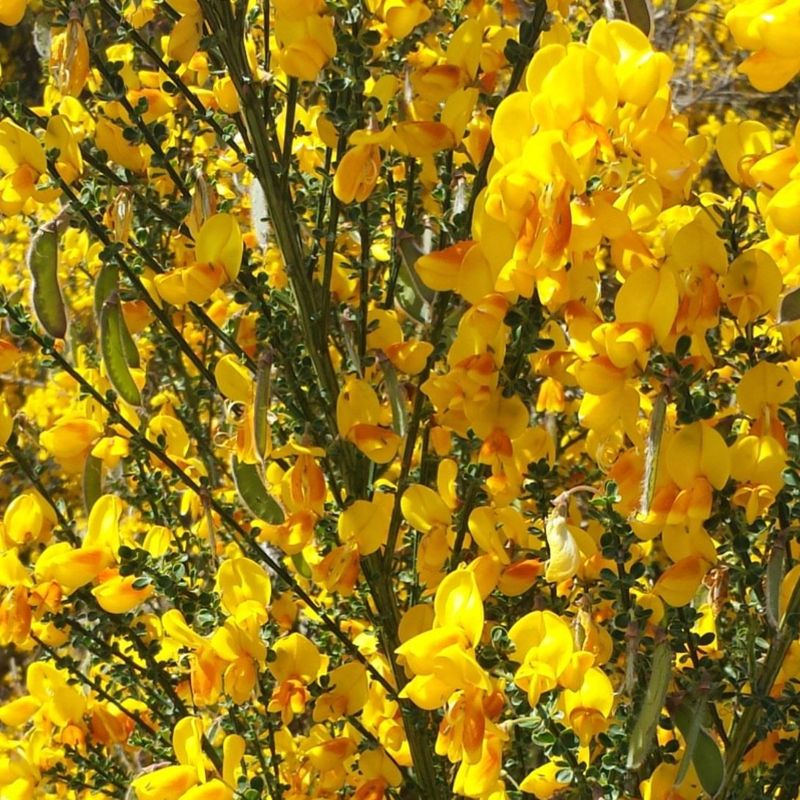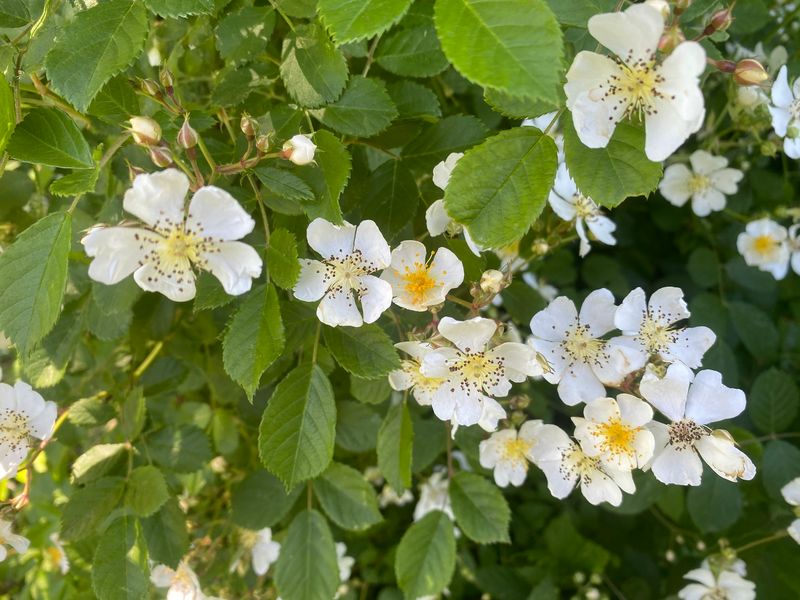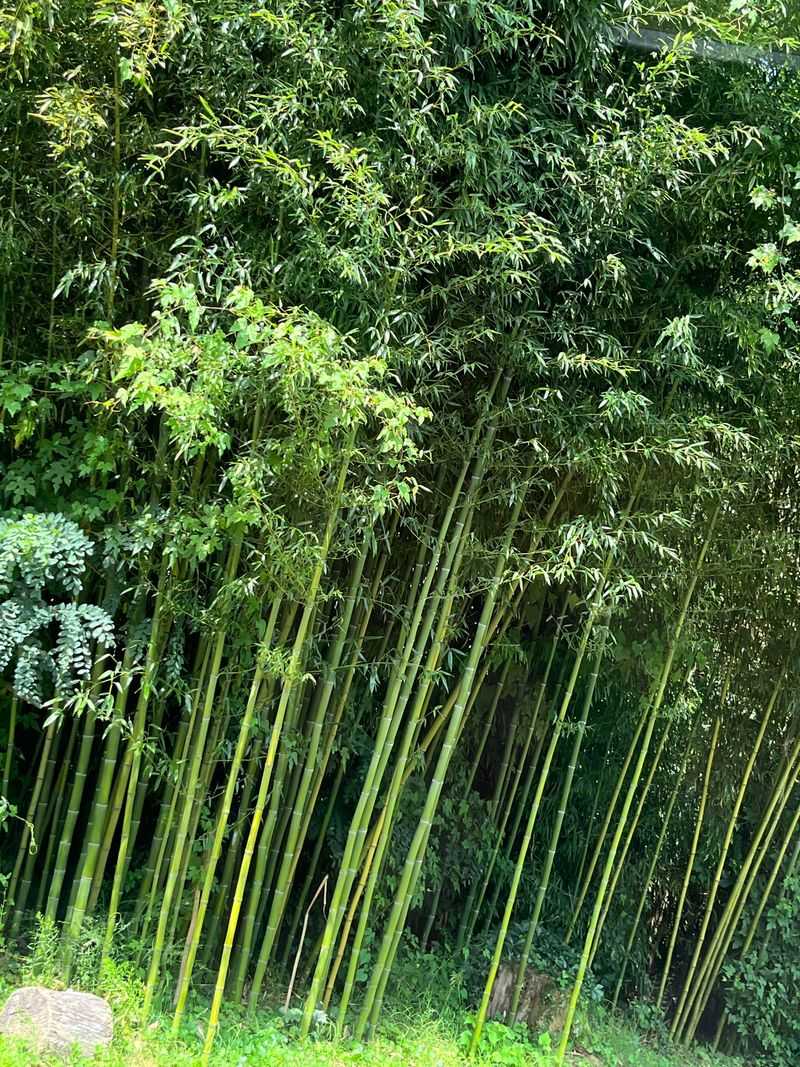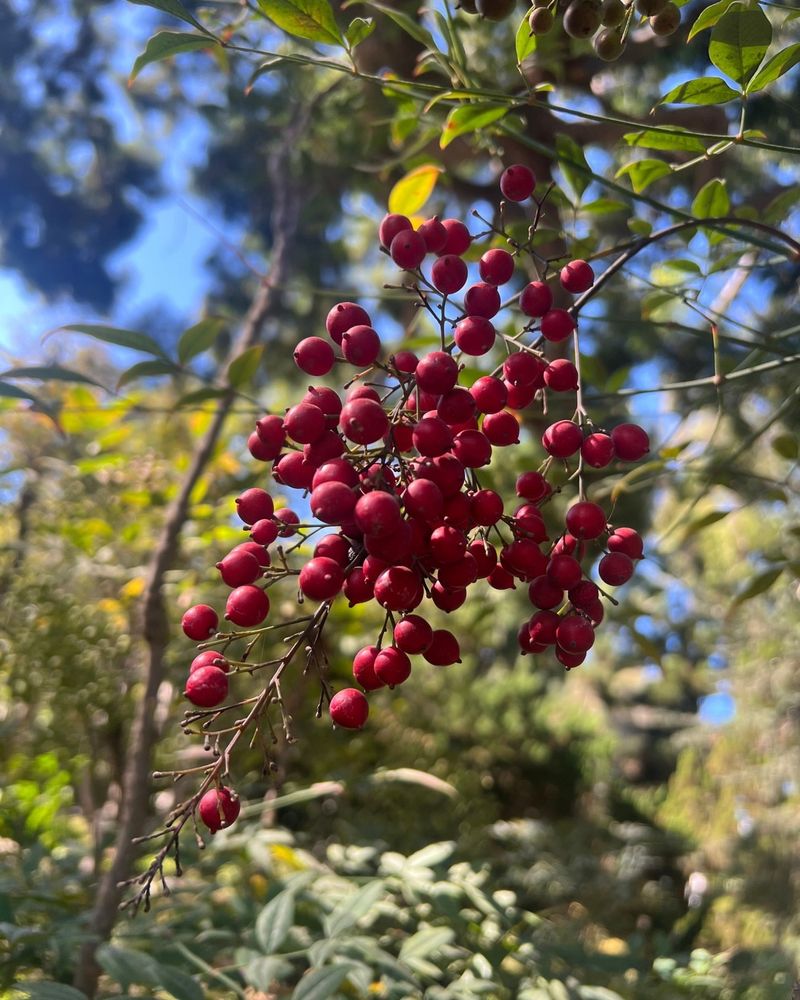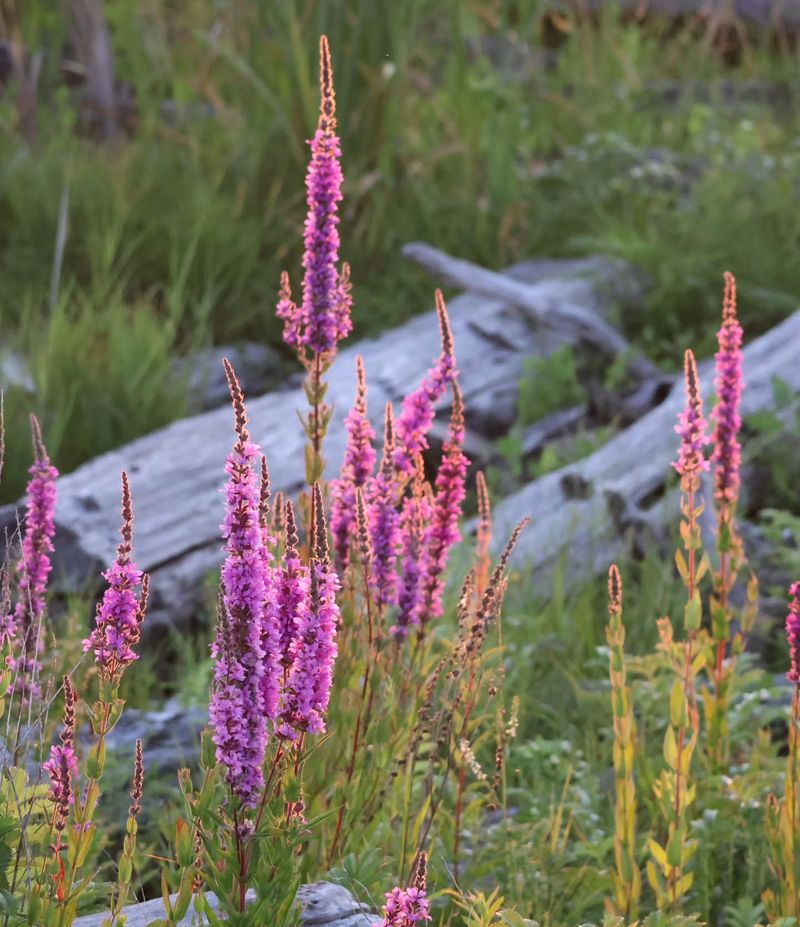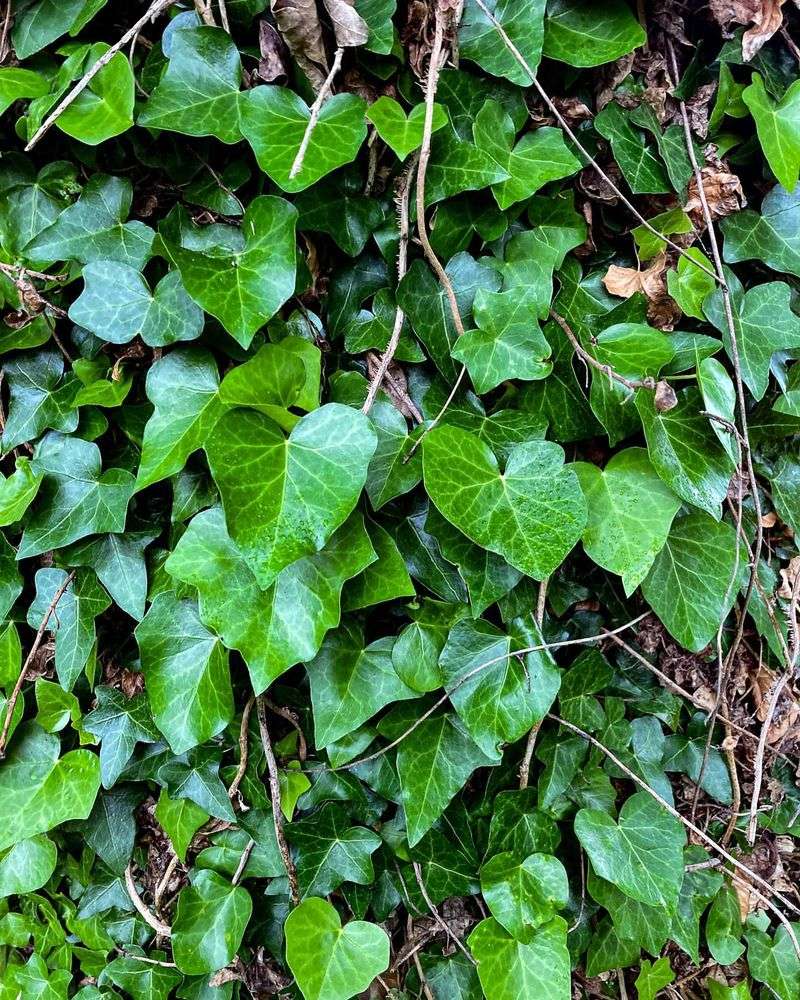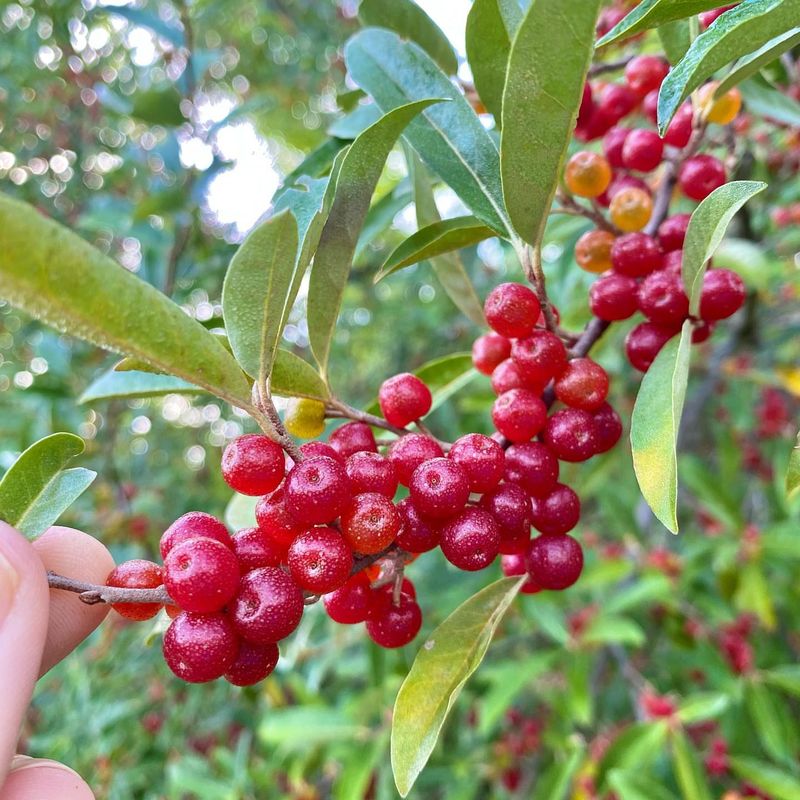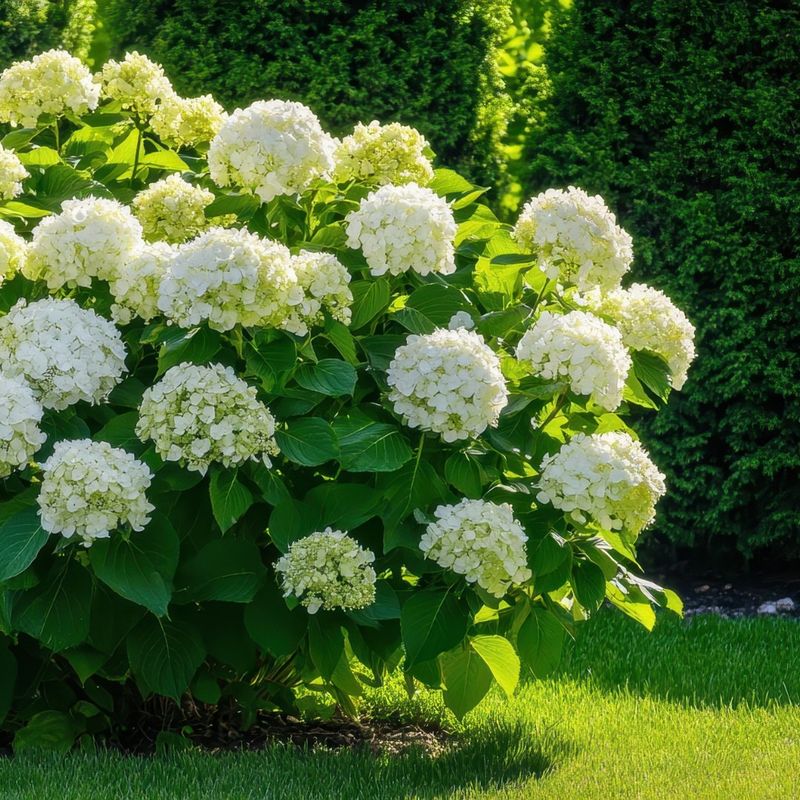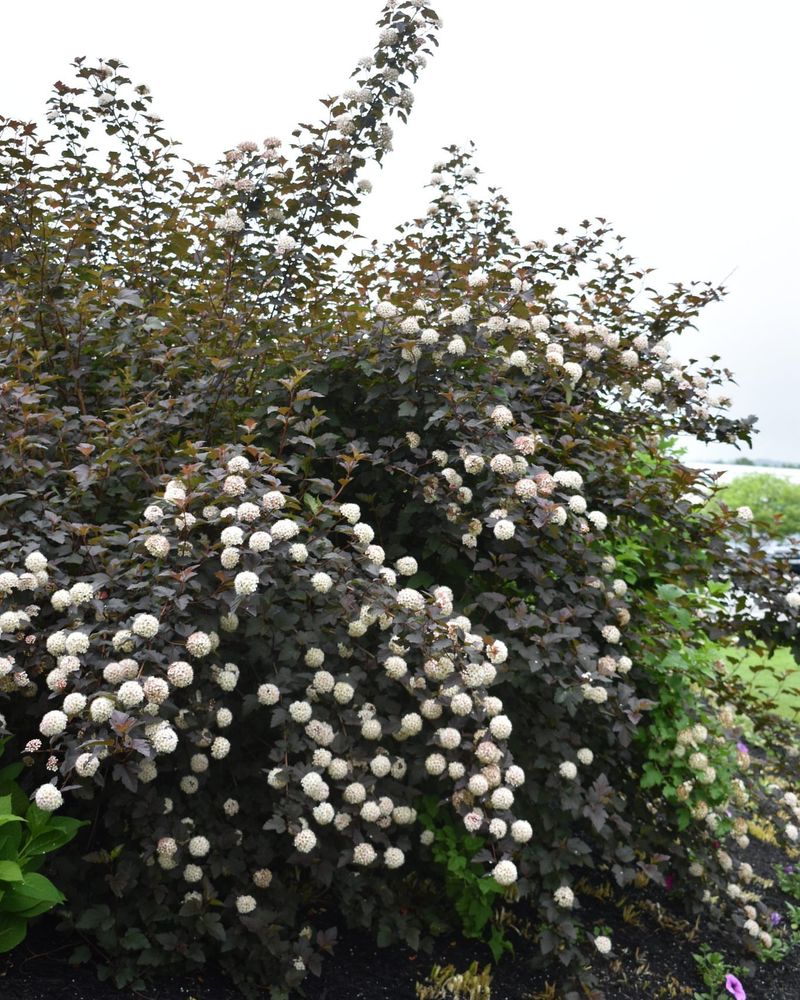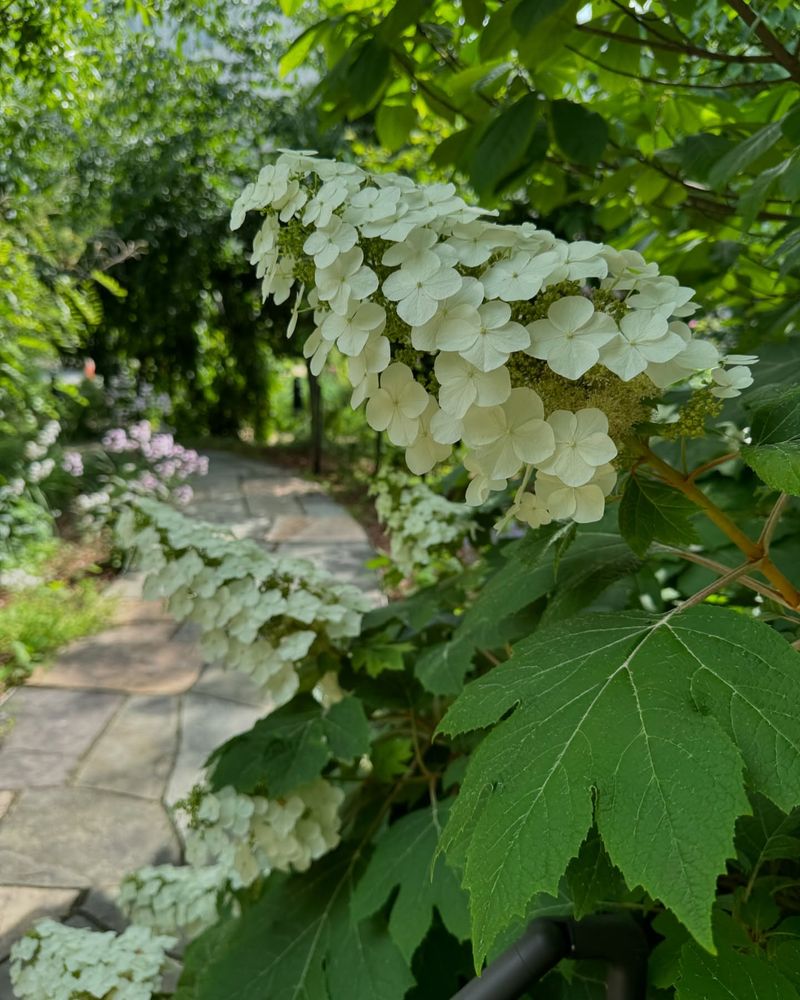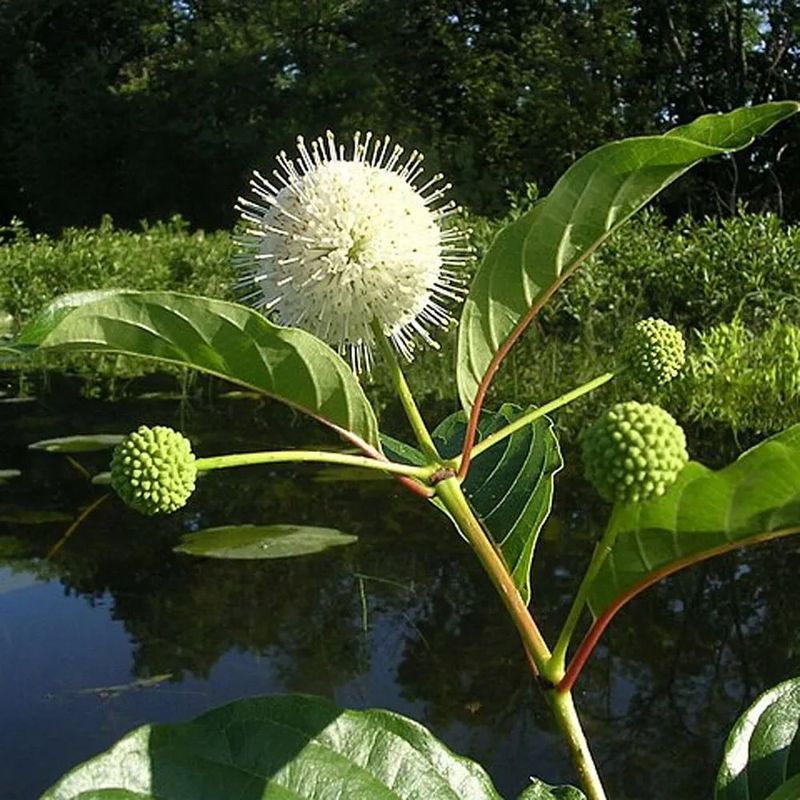Some shrubs look great at the garden center—but turn into a nightmare once they’re in the ground. As a gardener, I’ve planted my fair share of regrets: invasive spreaders, constant pruners, and plain old eyesores.
In this list, I’m sharing the 14 shrubs I’ll never grow again—plus 4 reliable beauties I recommend to every gardener who wants low-maintenance charm.
1. Burning Bush (Euonymus alatus)
The fiery fall color might tempt you, but don’t be fooled! Burning bush escapes garden boundaries with alarming speed, crowding out native plants in forests across the eastern United States. Birds spread the seeds far and wide, creating ecological headaches for conservation areas.
Several states have even banned this aggressive invader. Its shallow root system makes it surprisingly easy to remove when young, but mature specimens require serious effort to eliminate completely.
2. Japanese Barberry (Berberis thunbergii)
Originally popular for its colorful foliage and deer resistance, Japanese barberry has become a gardener’s regret. Research shows it creates perfect humidity conditions for ticks that carry Lyme disease. The thorny branches make removal painful, and birds spread the bright red berries everywhere.
New seedlings pop up relentlessly in garden beds and natural areas. Many varieties are now banned in northeastern states because they’ve invaded forests and pushed out native plants.
3. Butterfly Bush (Buddleja davidii)
Don’t let the name fool you – butterfly bush isn’t the pollinator paradise many gardeners believe. While butterflies do visit the fragrant flowers, the plant provides no food for their caterpillars, breaking the ecological chain.
Seeds spread aggressively, especially in mild climates where they colonize riverbanks and disturb natural habitats. The shrub’s messy growth habit requires constant pruning. Many newer, sterile varieties exist now, but the original invasive type still dominates garden centers.
4. Russian Olive (Elaeagnus angustifolia)
The silvery foliage might catch your eye, but Russian olive quickly becomes a landscape bully. Growing up to 20 feet tall with sharp thorns, this aggressive shrub forms impenetrable thickets along waterways and fields.
Birds spread the olive-like fruits far beyond garden boundaries. Once established, removing Russian olive requires heavy equipment or repeated cutting and herbicide application. Its nitrogen-fixing abilities alter soil chemistry, making restoration to native plants even more difficult after removal.
5. Privet (Ligustrum species)
The classic hedge plant from grandma’s garden has become an ecological disaster. Privet grows incredibly fast, requiring constant trimming to maintain any semblance of neatness. Left unattended, it produces thousands of berries that birds distribute everywhere.
The pollen causes serious allergic reactions for many people, making spring miserable for sensitive gardeners. Dense thickets crowd out native understory plants in woodlands, reducing biodiversity and disrupting natural forest regeneration patterns.
6. Chinese Wisteria (Wisteria sinensis)
Those gorgeous purple cascades come with a terrible price. Chinese wisteria’s woody vines can strangle trees and topple structures with their incredible strength and weight. Underground runners spread in all directions, sending up new shoots far from the original plant.
Removing established wisteria often requires years of persistent cutting and digging. American wisteria offers a less aggressive native alternative with similar beautiful blooms but without the garden-dominating tendencies.
7. Bradford Pear (Pyrus calleryana)
Once the darling of suburban developments, Bradford pear has fallen from grace. The pretty white spring flowers emit an unpleasant fishy odor that makes outdoor gatherings unbearable. Weak branch structure means these trees frequently split and break during storms, creating property damage and safety hazards.
Cross-pollination with other pear varieties produces thorny thickets that invade natural areas. Several states have banned new plantings because of their invasive impact on forests and fields.
8. Scotch Broom (Cytisus scoparius)
Those bright yellow flowers hide a garden menace. Scotch broom produces thousands of seeds that remain viable in soil for decades, making eradication nearly impossible once established. The shrub’s aggressive growth crowds out native plants and reduces forage value for wildlife.
In western states, it creates serious fire hazards with its dry, woody stems and oil-rich foliage. Each plant can live 20+ years, producing up to 12,000 seeds annually that pop explosively from pods in summer heat.
9. Multiflora Rose (Rosa multiflora)
Originally planted for erosion control and living fences, multiflora rose has become a farmer’s nightmare. The arching canes grow up to 15 feet long, armed with vicious curved thorns that tear clothing and skin. Birds spread the bright red rose hips throughout the landscape.
A single plant can produce up to 500,000 seeds per year, creating impenetrable thickets that crowd out native vegetation. Controlling this invasive requires heavy gloves, protective clothing, and persistent cutting, digging, and herbicide application.
10. Bamboo (Running varieties)
The graceful stems and rustling leaves might seem zen-like, but running bamboo creates neighborhood feuds and property damage. Underground rhizomes can travel 30 feet or more, sending up new shoots through lawns, driveways, and even house foundations.
Removing established bamboo requires excavating entire areas or installing deep barriers. The tough roots resist most herbicides, making chemical control difficult. If you must have bamboo, choose clumping varieties that stay put rather than runners that colonize everything in their path.
11. Heavenly Bamboo (Nandina domestica)
Despite its attractive red berries and year-round foliage, nandina harbors a dark secret. The bright berries contain cyanide compounds toxic to birds, particularly cedar waxwings who gorge on the fruit. This shrub spreads aggressively through seeds and underground runners, especially in warmer climates.
The foliage turns an unattractive bronzy-purple in winter rather than maintaining the advertised red color. Newer sterile cultivars reduce the invasive potential but still require regular pruning to prevent the awkward, leggy growth habit.
12. Purple Loosestrife (Lythrum salicaria)
Those gorgeous purple flower spikes hide an ecological disaster. Purple loosestrife chokes wetlands and waterways, replacing diverse native plant communities with monocultures that reduce wildlife habitat value. A single plant produces up to two million tiny seeds annually that spread by water, wind, and wildlife.
Its extensive root system makes manual removal extremely difficult once established. Biological control using specialized beetles has shown some success, but prevention remains the best approach for this aggressive wetland invader.
13. English Ivy (Hedera helix)
The classic European garden look comes with serious consequences. English ivy climbs and smothers trees, accelerating decay by holding moisture against bark and preventing photosynthesis. On buildings, the aerial rootlets damage mortar and create hiding places for pests.
When allowed to mature, ivy produces berries that birds spread into natural areas, creating ground-covering mats that prevent forest regeneration. The leaves contain irritating compounds that can cause dermatitis in sensitive individuals during removal efforts.
14. Autumn Olive (Elaeagnus umbellata)
Once promoted for wildlife habitat and erosion control, autumn olive quickly escapes cultivation. The silvery-backed leaves might look attractive, but this shrub forms dense thickets that shade out native vegetation. Birds devour the abundant red berries and distribute seeds across the landscape.
Nitrogen-fixing roots allow it to thrive in poor soils, outcompeting native plants. Cutting simply stimulates vigorous resprouting unless the stumps are treated with herbicide, making control a long-term commitment.
15. Hydrangea ‘Annabelle’
Unlike the invasive shrubs above, Annabelle hydrangea earns a permanent place in my garden. The spectacular white flower heads transform from lime-green buds to crisp white blooms, then age to vintage tan – providing three-season interest.
This native North American shrub attracts pollinators without becoming invasive. Even after harsh winters or accidental pruning, Annabelle bounces back reliably with fresh blooms on new wood. The cut flowers last beautifully in arrangements, and the dried blooms provide winter interest in the garden.
16. Ninebark (Physocarpus opulifolius)
As a native alternative to invasive purple-leaved shrubs, ninebark delivers drama without the ecological damage. The exfoliating bark provides winter interest, while summer brings clusters of white or pink flowers that pollinators adore.
Cultivars like ‘Diabolo’ and ‘Coppertina’ offer rich purple foliage without the invasive tendencies of barberry or loosestrife. Ninebark tolerates everything from drought to occasional flooding once established. The arching branches create a naturally beautiful form that requires minimal pruning to maintain.
17. Oakleaf Hydrangea (Hydrangea quercifolia)
Among my all-time favorite shrubs, oakleaf hydrangea delivers four-season appeal. The distinctive lobed leaves turn brilliant burgundy in fall, while the white flower panicles age to pink, then russet, persisting through winter.
Cinnamon-colored exfoliating bark adds winter interest when other shrubs look bare. Native to southeastern woodlands, this hydrangea supports local ecosystems without becoming invasive. Partial shade and acidic soil bring out its best qualities, making it perfect for woodland garden edges.
18. Buttonbush (Cephalanthus occidentalis)
For wet problem areas where other shrubs fail, native buttonbush shines. The spherical white flowers resemble pincushions or disco balls, attracting butterflies and native bees throughout summer. Unlike invasive wetland plants, buttonbush plays nicely with other native species.
The unique seedheads provide winter interest and food for waterfowl and other birds. Tolerant of standing water and seasonal flooding, this shrub solves drainage problems while supporting over 20 species of butterflies and moths with its foliage.

